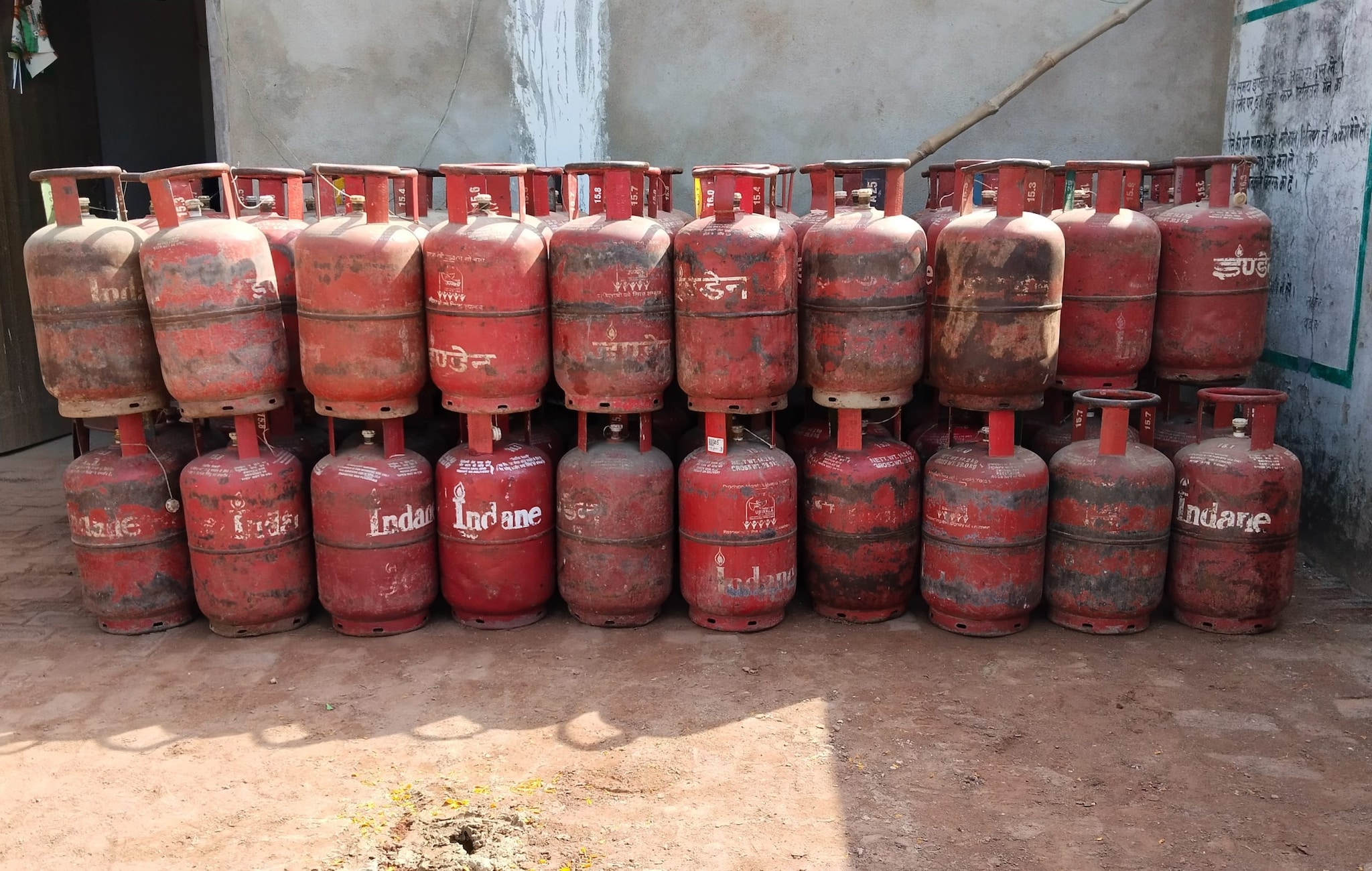Blast furnaces are the heart of the steel industry, transforming raw materials into molten iron, which is then converted into steel. This process is a marvel of engineering and chemistry, rooted in centuries of metallurgical advancements. Understanding the history of metal extraction, how a blast furnace works and the strategic siting of steelworks provides insight into one of the most critical industrial processes in modern society.
The journey of metal extraction began thousands of years ago. Early humans discovered that heating certain rocks could produce metals. This rudimentary form of metallurgy evolved over millennia, leading to the sophisticated processes we use today.

Copper is believed to be the first metal discovered and used by humans around 8000 BCE in the Middle East. Initially, copper was found in its native form and could be hammered into tools and ornaments. The discovery of smelting, where copper ores were heated to extract the metal, marked a significant technological advancement around 5000 to 3000 BCE.
The Bronze Age began around 3300 BCE when we learned to alloy copper with tin to produce bronze, a much harder and more durable material. This period saw the widespread use of bronze for tools, weapons, and art. The Iron Age started around 1200 BCE when iron began to replace bronze as the dominant material for tools and weapons.
Iron was more abundant and could be hardened by heating it and quenching in cold water. During the Middle Ages, metallurgical techniques continued to evolve. The introduction of blast furnaces in Europe around the 14th century allowed for the production of cast iron, which could be melted and poured into moulds.
This period also saw the development of water-powered bellows, which increased the efficiency by blowing air into the furnace. The 18th and 19th centuries saw significant advancements in metallurgy. The development of the blast furnace allowed for the mass production of iron and steel, fuelling the industrial revolution and transforming economies.
The puddling process, developed in the late 18th century, allowed for the production of wrought iron by stirring molten iron in a furnace to remove impurities. The rolling mill, invented around the same time, enabled the mass production of iron sheets and bars. A blast furnace is a large, vertical structure where iron ore, coke, and limestone are continuously fed from the top, and molten iron and slag are extracted from the bottom.
The process involves several key steps. Iron ore, coke a form of carbon derived from coal, and limestone are the primary raw materials. These materials are transported to the steel plant and stored in stockyards.
Ther coal has to be high grade with a high carbon content. The raw materials are charged into the top of the blast furnace. The iron ore and coke are layered, with limestone added to remove impurities, it is limestone with impurities that forms the slag.
It floats on top of the molten iron and is periodically removed. Hot air is blown into the furnace through tuyères (nozzles) near the bottom. The coke burns, generating carbon monoxide, which reacts with the iron ore to produce molten iron and carbon dioxide.
The molten iron is tapped from the bottom of the furnace and transported to the steelmaking plant. The removed and cooled slag and can be used in construction, in building roads or other applications. Blast furnaces are designed to operate continuously at high temperatures.
Allowing the furnace to cool down can cause thermal stress and damage to the refractory lining and other structural components, or blockages as iron and slag solidifies. Coal and coke are essential to the blast furnace process. Coke serves as both a fuel and a reducing agent, generating the high temperatures needed to melt iron ore and producing carbon monoxide to reduce the ore to iron.
The production of coke involves heating coal in the absence of air to remove impurities, resulting in a high-carbon product that burns efficiently and supports the chemical reactions in the furnace. The location of steelworks is strategically chosen based on several factors, primarily the availability of raw materials and transportation infrastructure. Steelworks are often located near sources of iron ore and coal.
This reduces transportation costs and ensures a steady supply of essential raw materials. South Wales, for example had many coal mines and one particular type of coal, called anthracite, was particularly prized for its high carbon content and low level of impurities. It was mined in several areas and the coal seam was named the peacock vein.
This explained the various steelworks in Wales, including the Port Talbot site. The fact that there were also nearby ports and a robust railway system also helped. Dr James Williams is a reader in science education and communication at Sussex university.
Business

The evolution and engineering behind blast furnaces

Blast furnaces are the heart of the steel industry, transforming raw materials into molten iron, which is then converted into steel. This process is a marvel of engineering and chemistry, rooted in centuries of metallurgical advancements. Understanding the history of metal extraction, how a blast furnace works and the strategic siting of steelworks provides insight into one of the most critical industrial processes in modern society.














